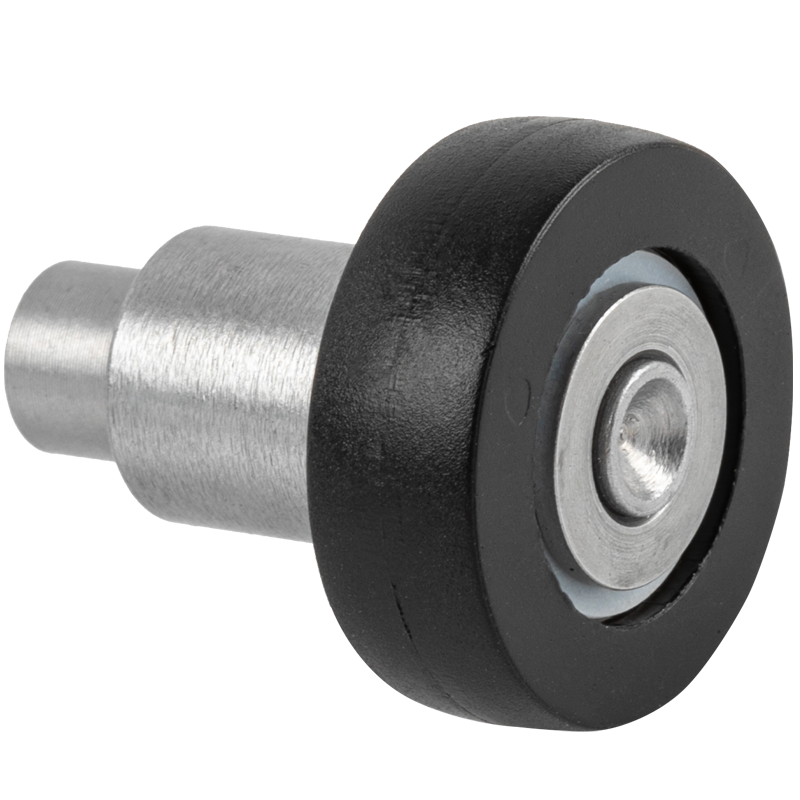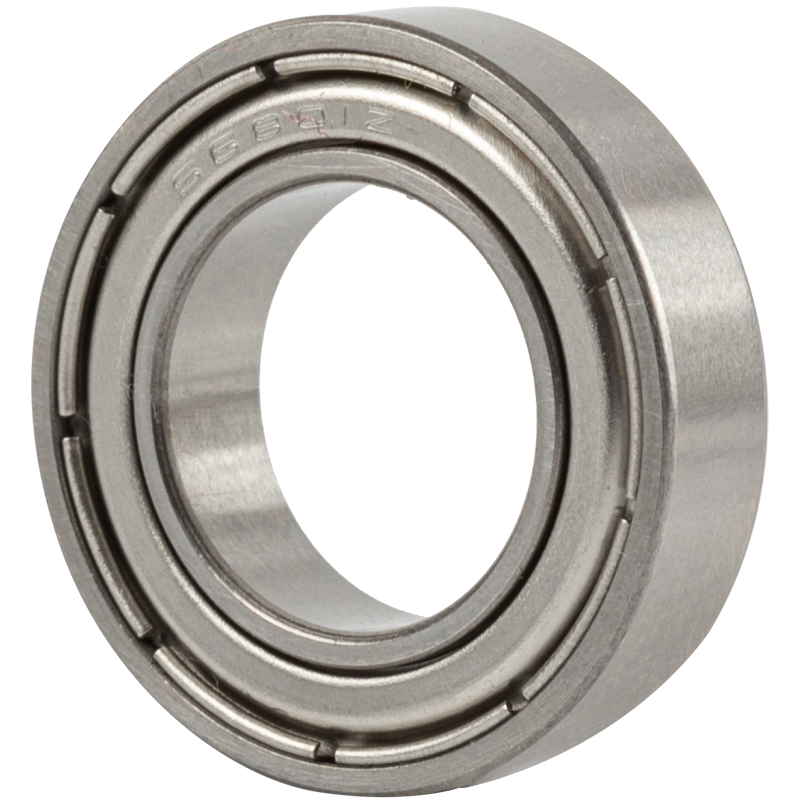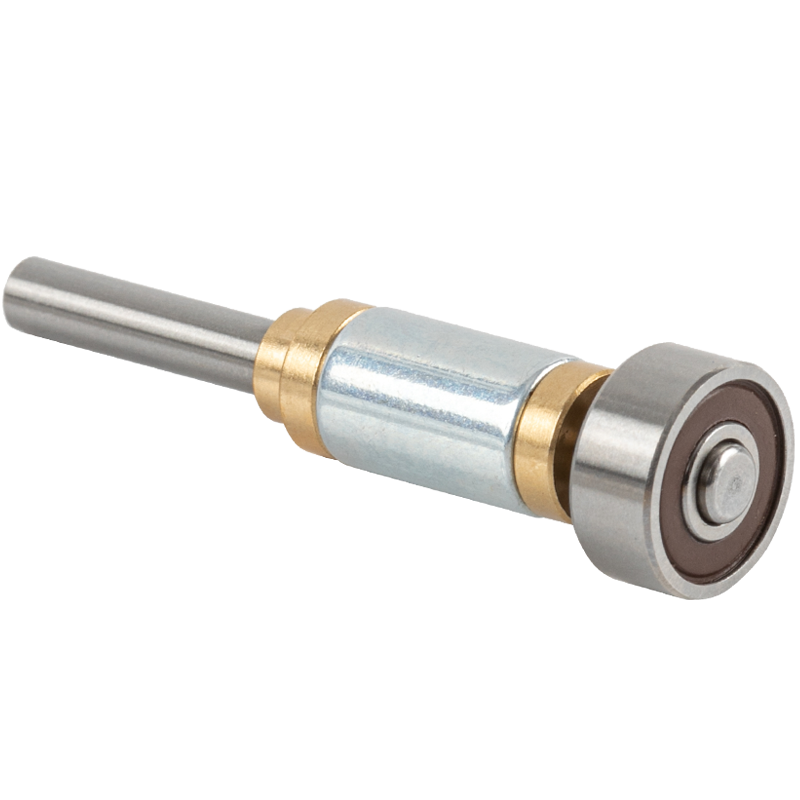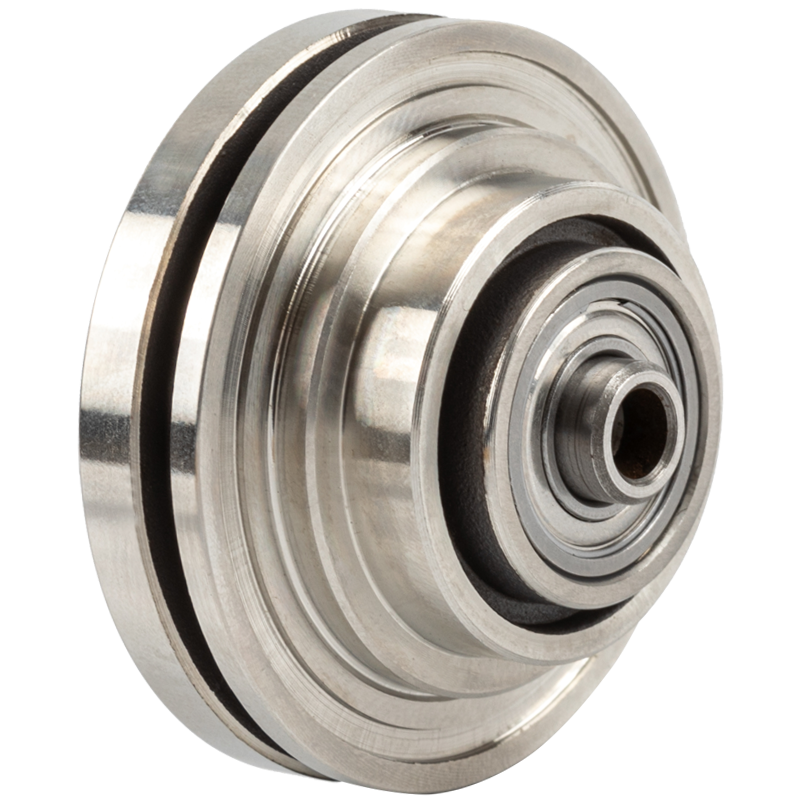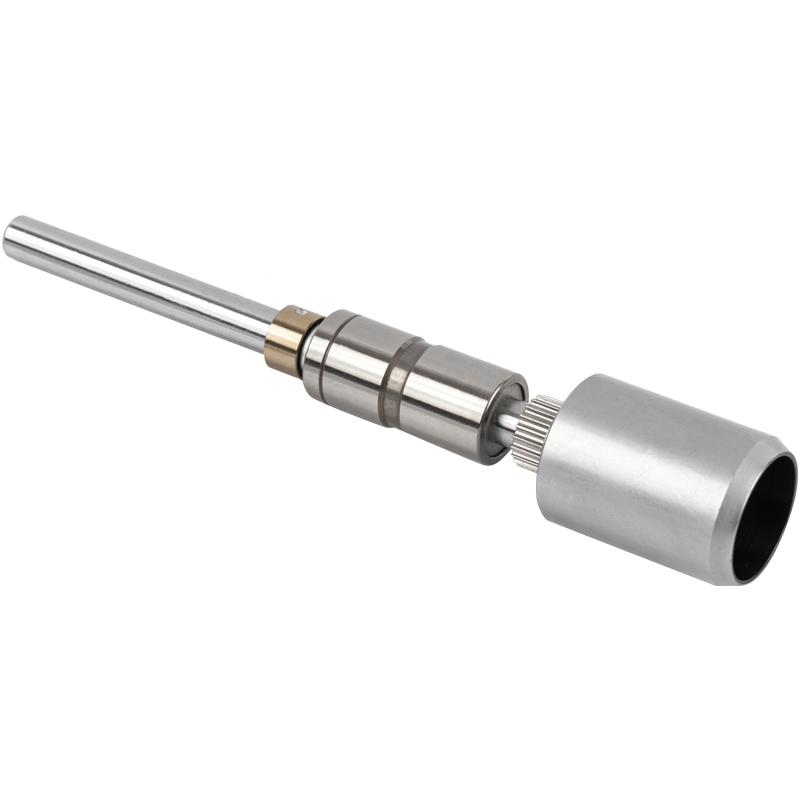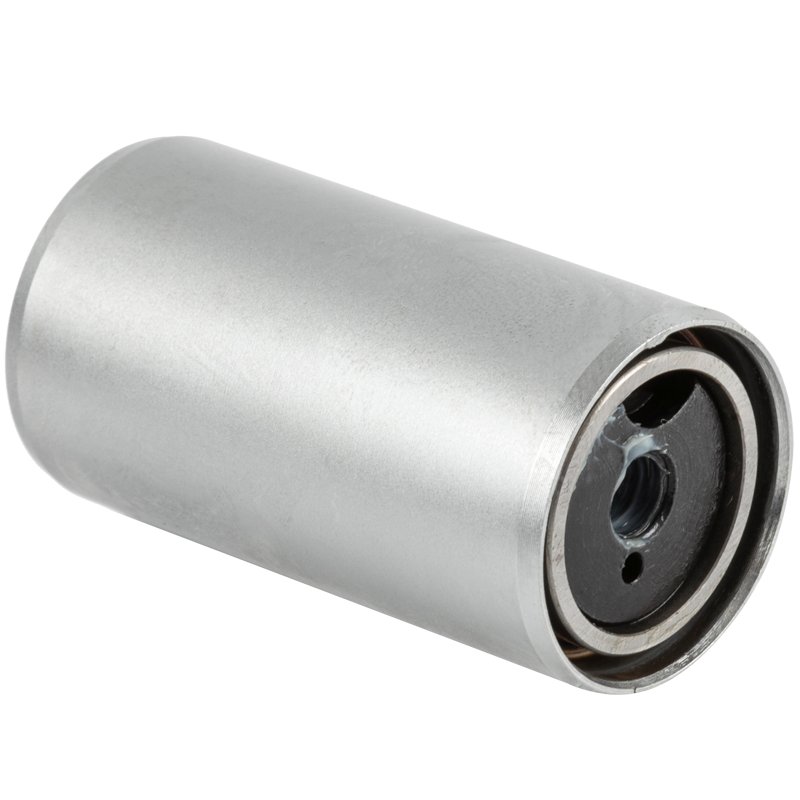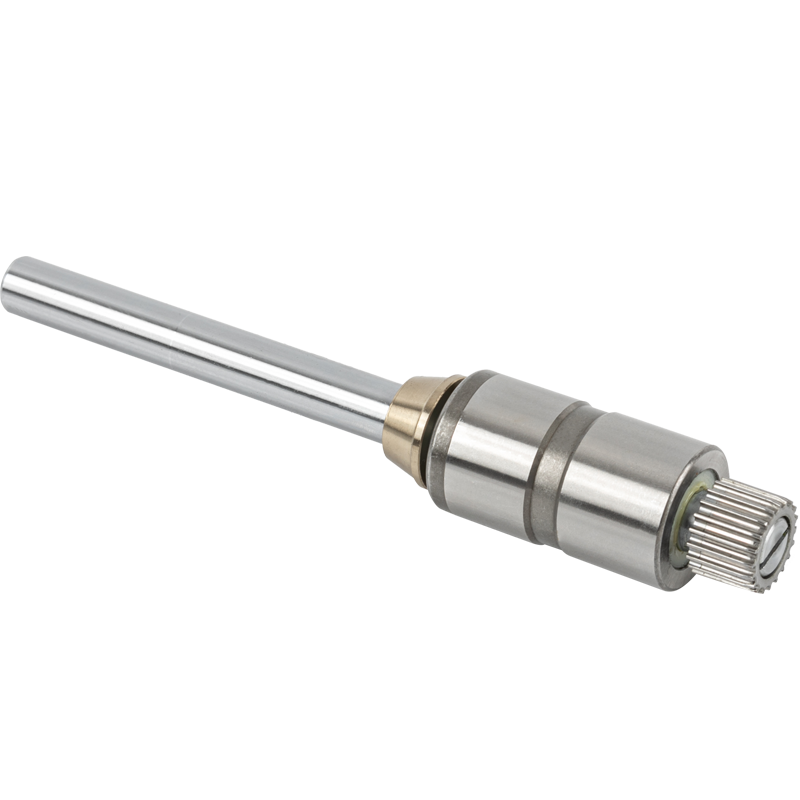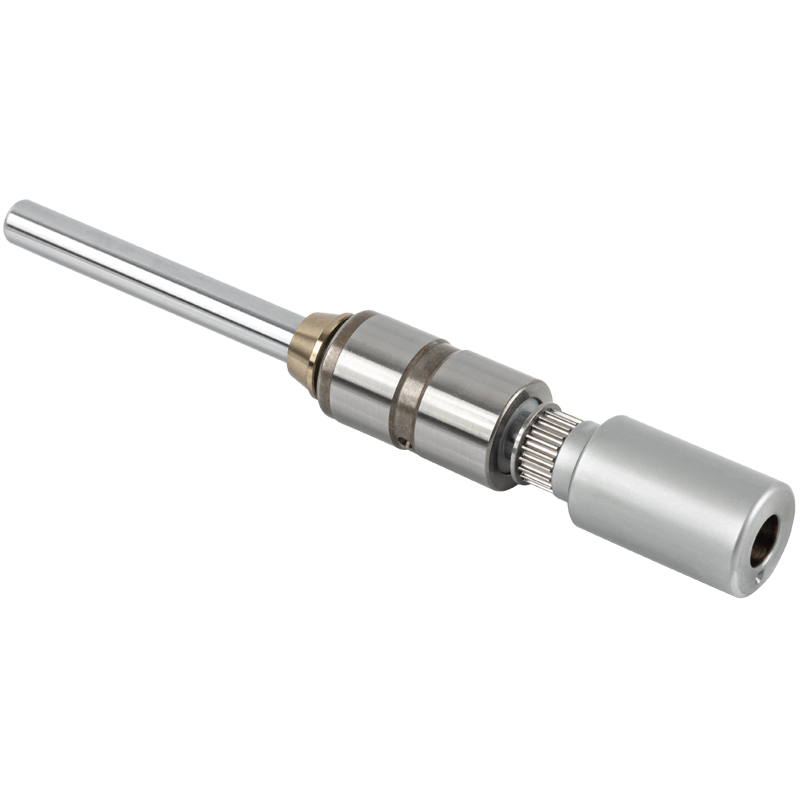In the fields of modern engineering and technology, the design of ultra-high-speed comprehensive bearings has become one of the key factors driving the performance of high-speed rotating devices. Among them, reducing friction loss and improving rotational speed performance are key challenges in the design process. This article will explore how to minimize friction losses in ultra-high speed comprehensive bearing design to improve rotational speed performance.
1. Material selection and surface treatment
The material selection of ultra-high-speed bearings directly affects its friction performance. Traditional materials such as high-speed steel may generate frictional heating under high-speed rotation conditions, limiting their rotational speed. Therefore, the use of advanced high-performance ceramic materials, such as alumina ceramics or silicon nitride ceramics, can effectively reduce friction losses. At the same time, surface treatment technologies, such as coating and polishing, help reduce surface roughness, reduce frictional resistance, and improve overall speed performance.
2. Reduce bearing clearance
In the design of ultra-high-speed comprehensive bearings, appropriately reducing the bearing clearance can reduce the contact surface between the rollers and the bearing seat, thereby reducing friction losses. However, this requires careful adjustment of the bearing clearance to achieve the best performance balance while ensuring normal operation and load carrying of the bearing.
3. Advanced lubrication technology
Lubrication plays a vital role in bearing performance. In ultra-high-speed comprehensive bearings, the use of advanced lubrication technology, such as gas power lubrication or nano-level lubricants, can reduce friction losses and improve rotational speed performance. Gas dynamic lubrication reduces direct contact and frictional resistance by introducing a gas film between the bearings.
4. Bearing structure optimization
The structural design of the bearing is also crucial to reducing friction losses. Adopting a more compact and lightweight structural design can reduce the inertial force and reduce the load on the bearing during high-speed rotation, thereby reducing friction losses. At the same time, precision bearing manufacturing processes are used to ensure the high accuracy of the bearings and help improve overall performance.
In the design of ultra-high-speed comprehensive bearings, reducing friction loss and improving rotational speed performance require comprehensive considerations from many aspects. From material selection and surface treatment to structural design and comprehensive application of lubrication technology, they are all key steps to achieve this goal. In the future, with the continuous advancement of materials science and engineering technology, the performance of ultra-high-speed comprehensive bearings will usher in greater breakthroughs, promoting the widespread application of high-speed rotating equipment in various fields.
 English
English 日本語
日本語 Tiếng Việt
Tiếng Việt